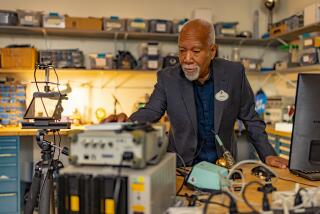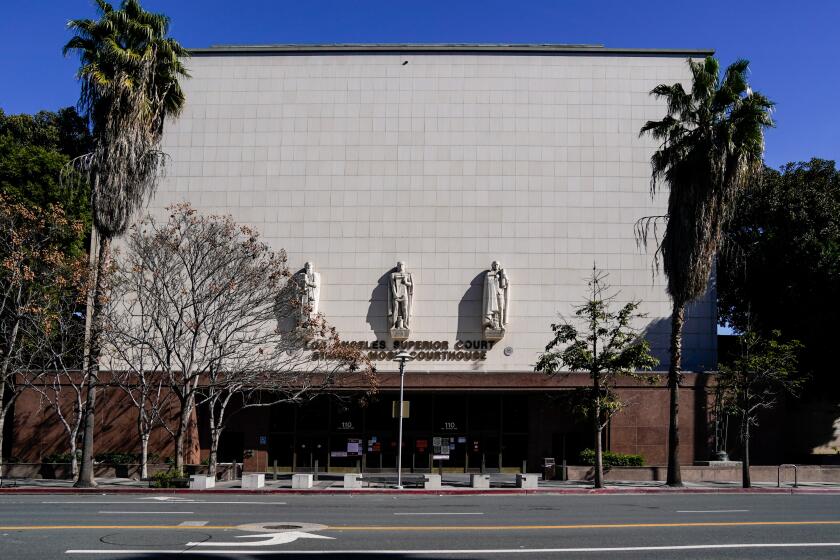In praise of maps that fold
In September 1889, years before Peter Pan took his inaugural flight, his creator declared that there was a new curse in the world. The curse was maps, specifically foldable maps — and more specifically still, maps that, once unfolded, could never be folded up again.
J.M. Barrie was 29 and living in Edinburgh when he noticed a trend in bookshops along the main street. When paying for your purchases at the counter, the bookseller would offer a new map that was “convenient for the pocket.” This, Barrie told readers of the Edinburgh Evening Dispatch, was tantamount to offering someone a prolonged period of unhappiness. He believed that almost every house in the city contained a map that the whole family, working together, could not shut. The energy expended in denouncing these maps “would build the Eiffel Tower in 13 weeks” (the tower had only recently opened and was hot news).
What to do when faced with this calumny? “Don’t kick it around the room,” Barrie advises, and “don’t blame your wife.” No wonder the directions to Neverland were as vague as “second to the right and straight on till morning.”
Barrie would have loved the present day. Hardly any folding maps now, of course, bar that mass of old crinkle clogging up the glove compartment. For why would anyone bother with them these days, and why would anyone risk ridicule by going to a store and spending money on one? Ah, let me count the ways....
I fell in love with maps on my journey to school, dreaming about the extremities of the famous London Underground. How exotic it would be to one day travel to the very end of the Metropolitan or Piccadilly line. Forty years on, I’ve still never quite managed it.
I’ve used folding maps in Europe, those elegant and idiosyncratic things guiding us to the Parthenon or the Louvre, and I’ve spent days pondering the wonders of the luscious artifacts made by the Blaeu cartographic dynasty in mid-17th century Amsterdam and the tenuous, scratchy impressions made by William Clark as he trekked westward in 1804 with Meriwether Lewis and the Corps of Discovery.
But now we are at a crossroads, not to say a dimly lit cul-de-sac. The world of mapping has changed beyond recognition in the last few years, and it may be worthwhile considering what we are sacrificing in the interests of this pixilated advance.
The next generation may not be able to read a traditional map. Once there was a map of the world in every classroom, and a globe too, but these days kids will be lucky if they ever experience the shoulder-dislocating potential of pulling down an atlas in a library.
Why should this matter? GPS is now such a fundamentally useful part of our modern world that to lose it (something akin to turning off the world’s supply of oil and gas) would be to deny the great inevitability of human progress.
But with GPS and digital mapping, we are saying goodbye to the sheer beauty of maps (especially the ones with those romantically treacherous Spanish galleons in search of lost treasure in the world’s oceans and the scaly sea creatures luring sailors to their grave). And we bid a fond farewell to the fine and slightly nutty idiosyncratic detail of British Ordnance Survey drawings and Rand McNally guides, with their wavy contours and unique symbols guiding us through soul-nourishing hikes and trails.
To squander all this is to lose a vital sense of our history.
Every nation’s maps tell their own stories, reflecting our best and worst attributes: discovery and curiosity, conflict and destruction. They chart our transitions of power.
Physical maps have been a key part of our world since we first began finding our way to food and shelter on the African plains as hunter-gatherers. Indeed, evolutionary biologist Richard Dawkins speculates that the very first maps came about when a tracker, accustomed to following trails, laid out a map in the dust. And Spanish archaeologists identified a map scratched on a stone by cave dwellers around 14,000 years ago. Dawkins goes on to wonder whether the creation of maps — with their concepts of scale and space — may even have kick-started the expansion and development of the human brain.
But now we may be losing aspects of our personality and nationhood. Every Google map looks the same wherever you turn it on. My one big hope for the creative possibility of digital mapping lies, bizarrely perhaps, in computer games; parents used to despair of these mind-numbing time-sucks, but now their creations of vast mythical and futuristic worlds demand advanced spatial skills both from their cartographers and players. It may be the only way the young will appreciate maps the way they used to do in literary fiction.
Maps have always had a power to thrill, and they make armchair travelers of us all. But you can’t be an armchair traveler with the map on your phone. With a phone and satellite navigation, you can travel between continents and not have the slightest idea how you got there (particularly if you’re using Apple Maps). With digital maps, we very rarely look up, and we miss famous landmarks and the transient beauty of the world around us.
Once Jerusalem was at the center of world maps, but now it is always us at the center, usually trying to get somewhere with our hand-held technology. And perhaps, very slowly, we are shrinking a vital part of our brain too — the bit that develops spatial awareness and once used to make explorers of us all.
Digital accuracy is one thing, but the spirit of romantic adventuring to places unknown is another, and a valuable one. J.R.R. Tolkien got it profoundly right when he claimed that “not all those who wander are lost.”
Simon Garfield is the author, most recently, of “On the Map.”
More to Read
A cure for the common opinion
Get thought-provoking perspectives with our weekly newsletter.
You may occasionally receive promotional content from the Los Angeles Times.






